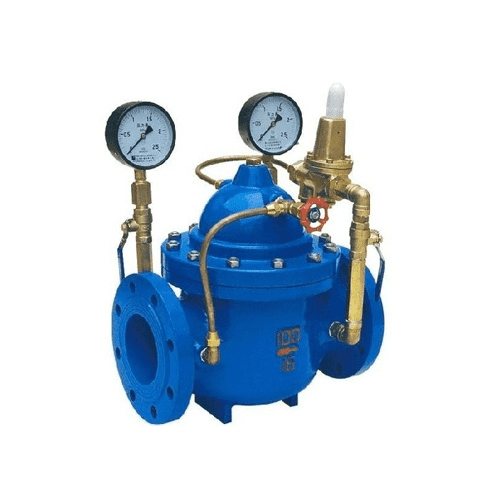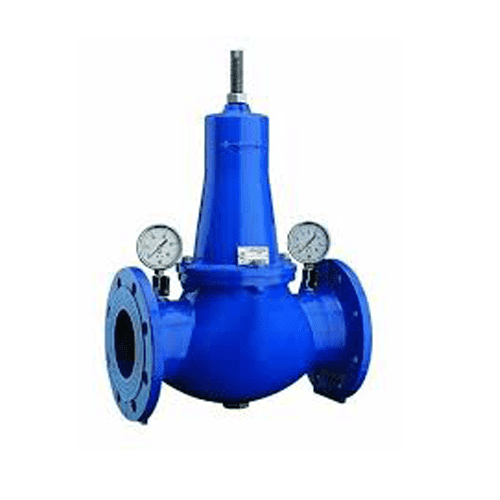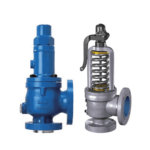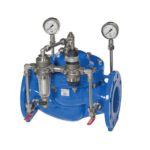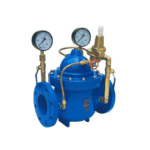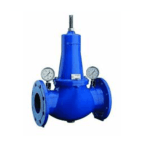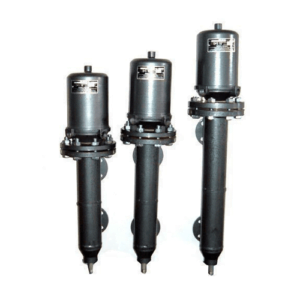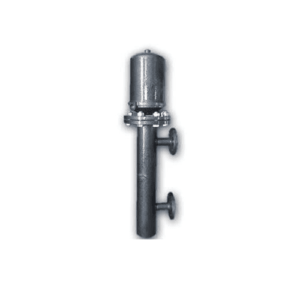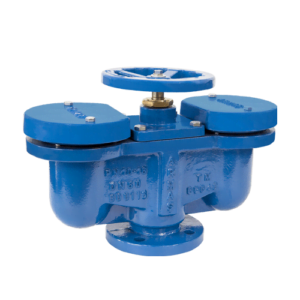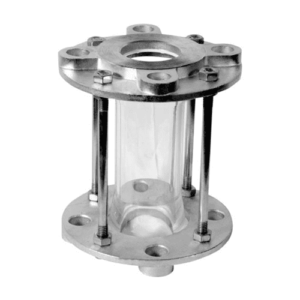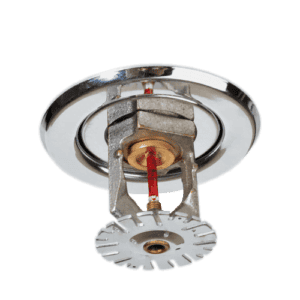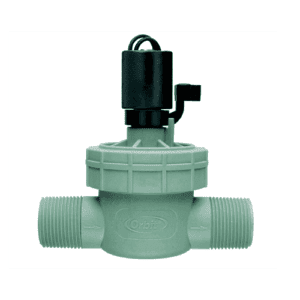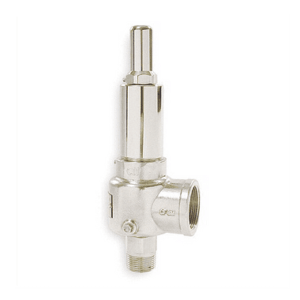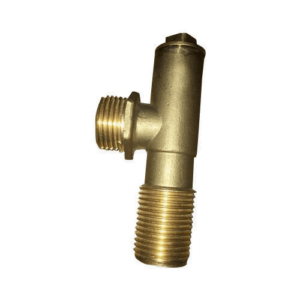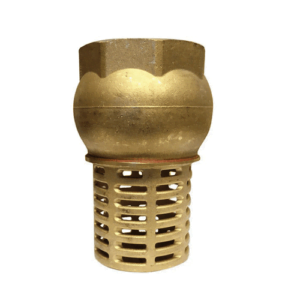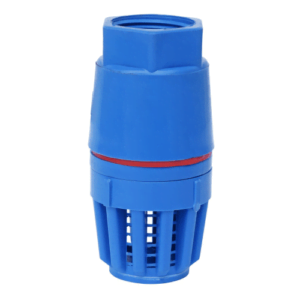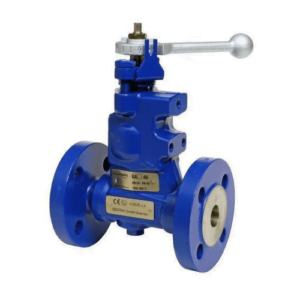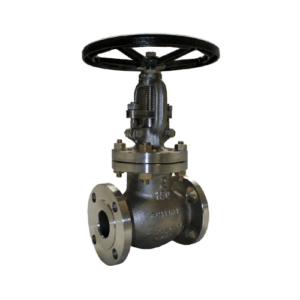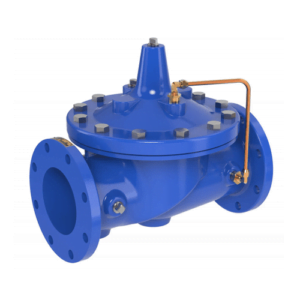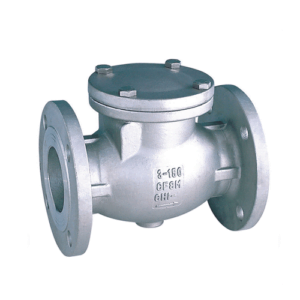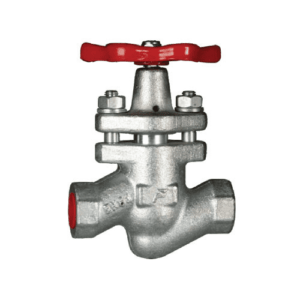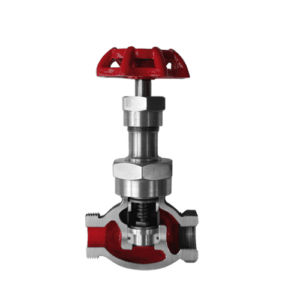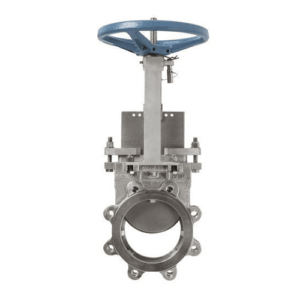Advanced Pressure Reducing Valve for Efficient Fluid Management
The Pressure Reducing Valve play a very important role in order to control and reduce fluid pressure in systems to a desired lower, more manageable level. From commerical water systems to large industrial processes, it is very essential. The [Hydraulic Pressure Reducing Valve] is built specifically for hydraulic systems to work smoothly under varying pressures.
Material Specifications:
The latter intends to have an assurance that our Pressure Reducing Valves comply with quality and are made of tough materials, such as stainless steel, brass, and bronze, in order to have long life and stand against corrosion. In most cases, this means that the majority of the Water Pressure Reducing Valves come with green materials to ensure a minimal environmental footprint while maintaining high performance.
Technical Specifications:
- Size options ranging from 1/2 inch to 24 inches
- Pressure adjustment range from 10 psi to 600 psi
- Temperature capabilities from -20°C to 180°C
- Other available models include the Pilot Operated Pressure Relief Valve and the Low Pressure Reducing Valve for purposes of meeting the specific operational needs.
- The versatility and adaptability of these specifications can be seen in various operational requirements for our [Pressure Reducing Valve].
Standards and Compliance
All our Pressure Reducing Valves meet with crucial industry standards such as ASTM, ISO, and API. As the leading [Pressure Reducing Valve Manufacturer], we ensure that we stick to the letter in our quality checks when it comes to safety, reliability, and performance standards. Our products are similarly compliant and certified as a witness for quality and international safety and operating standards.
Usage Instructions
Here are some recommendations for achieving peak performance and long life of your [Pressure Reducing Valve]:
- Check valves periodically for wear and dirt, particularly on systems with fluids containing high particulate.
- Periodically test the pressure settings to check if they are still within the setpoint range.
- Follow the manufacturers installation and servicing recommendations of pressure reducing valves for most operational problems to be avoided.
- Look in the troubleshooting section of the manual or contact our technical support.
Applications
The [ Pressure Reducing Valve ] has great importance in several applications across industries:
- Water Systems: The [Water Pressure Reducing Valve] is generally installed in homes and businesses to reduce the intense pressure of the water, thereby safeguarding the plumbing system and saving water.
- Industrial Processes: Usually found in heavy industries where pressure control is of critical nature and chemical processing or manufacturing is involved, the [Pressure Reducing Valve] maintains constant pressure for the protection of equipment and improved operation.
- Hydraulic Systems: The [Hydraulic Pressure Reducing Valve] is the one critical component that ensures the pressure for operation is at the desired conditions; thus, it prevents damage and spills in the hydraulic equipment.
Features and Benefits
Features
- Reliability: Designed to be robust and give consistent performance under various conditions.
- Versatility: Available in a large number of sizes and configurations, including the [Low Pressure Reducing Valve] where very small pressure changes must be made.
- Safety: The elements of the system such as the [pressure safety valve] and [pressure release valve] are important in making the system safe enough; they automatically release the extra pressure before it crosses its limits and causes failure of the system.
Benefits:
- Energy Efficiency: These valves minimize system pressure, hence reducing the usage of energy and operating costs.
- Enhanced Equipment Lifespan: It protects downstream equipment from pressure spikes and wear to make them last longer.
- Customization: Manufacturers of pressure reducing valves, including the pilot-operated pressure relief valve, develop the design of solutions according to unique industry requirements.
Related Products
For comprehensive system management, consider pairing the pressure reducing valve with:
- [Pressure Relief Valve]: Serves as a safeguard by releasing any excess pressure when the occasion calls for it.
- [Pressure Control Valve]: This valve complements the reducing valve by ensuring constant output pressure even when the flow is altered.
- [Pressure Regulator Valve]: This will adjust according to changes in input pressure so that output pressure to applications is always constant.
Support and Warranty Information
Background Support and Warranty Our [Pressure Reducing Valves] include [Hydraulic Pressure Reducing Valve], with product options having industry-best warranties and customer support. The support also extends to the practical installation and operation of the product in case of any technical issues, thus allowing the system to remain efficient and reliable throughout the full life of the installed products.





